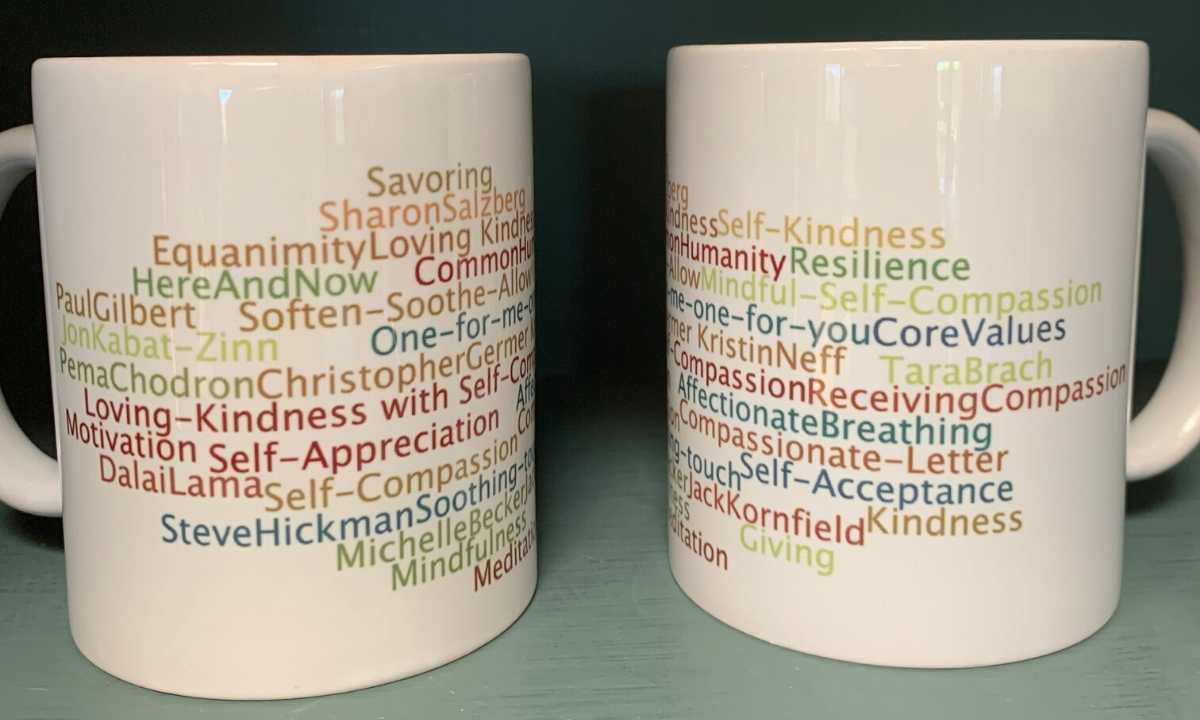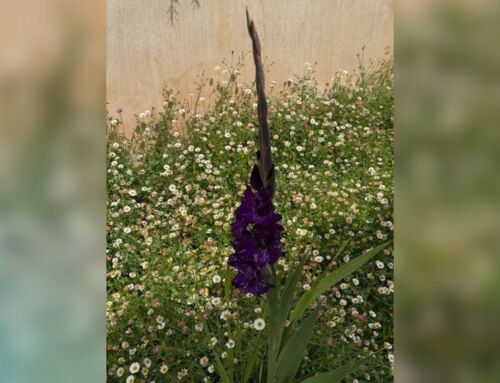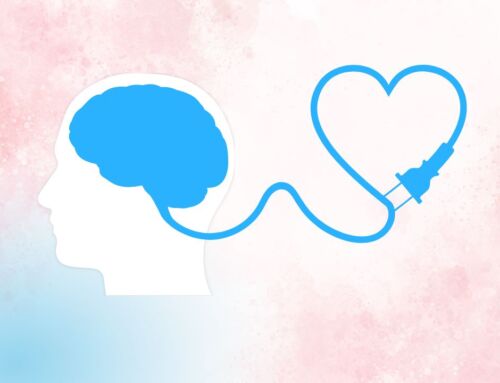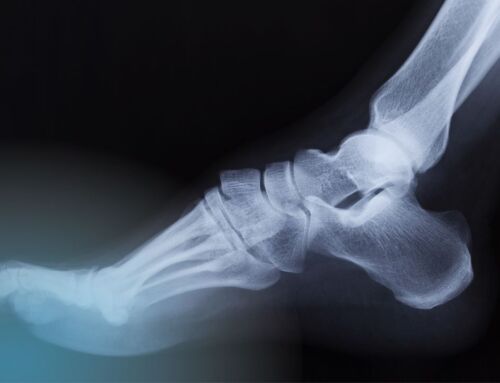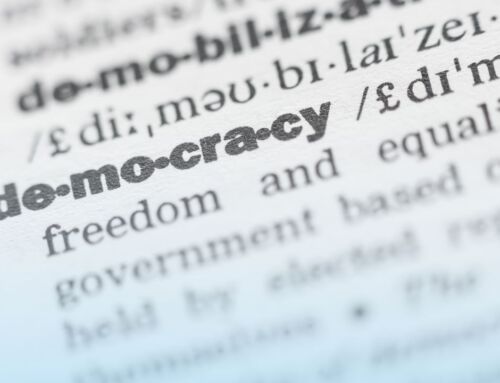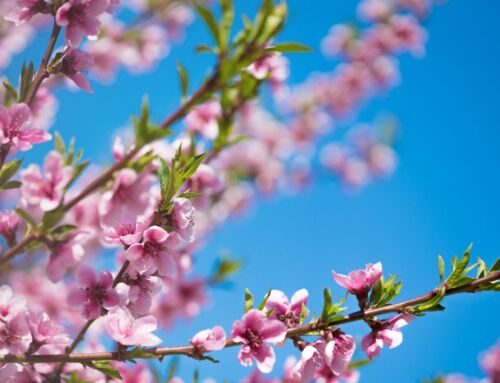I was one of the 21,500 people who joined in to listen to Jon Kabat-Zinn this week. He said, “All of life is the meditation.” How I like to unpack what he means is mindfulness in daily life activities.
Anytime you are paying attention to what you are doing when you are doing it, it’s a mindfulness activity because you are not worrying and ruminating! We primates are wired to worry and ruminate; it’s a brilliant adaptation that has kept our species alive through the ages. The worrying and ruminating releases cortisol and adrenaline to help us immediately run from danger. Once the danger is passed, our system should reset and calm down. If you are in a cycle of worrying and ruminating, or down right panicking which is understandable during this unprecedented pandemic, your system can get stuck in the danger zone, and chronic cortisol and adrenaline is not healthy for our immune system. We need our immune systems to be as robust as can be right now, so calming down is vitally important.
Fortunately, we can calm ourselves down!
Tips to calm down:
- Soothing Touch: Place your hands on your heart, then your belly, cradling your face, hugging your upper arms, rubbing your thighs, hands in hands. Spend a few moments feeling how each hand placement feels in your body. One of these positions will make you feel good, that’s the mammalian caregiver response that releases oxytocin and endorphins in your system, down regulating the cortisol and adrenaline and helping to calm you down.
- Drop your attention to the soles of your feet. Are they warm? Cold? Moist? Dry? Feel them on the ground? Just dropping your awareness can break the discursive loop of worrying and ruminating.
- Look around and notice what you see. Name what you see out your window; name what you see in your room.
- Name the emotion to tame it, and then work with it by walking through RAIN.Recognize the emotion by labeling it – fear, anxiety, etc. Just labeling it calms your brain down (the amygdala).
Allow it to be there so that you can soothe yourself.
Investigate why it’s there, that’s a no brainer right now, it’s completely understandable and appropriate to feel fear right now. Fear and anxiety make sense, but staying stuck in those negative emotions is not helpful.
Nourish – what do I need to hear right now? Tell yourself what you need to hear. Options might be, I’m o.k. right now, in this moment. This too shall pass, because all things do pass, the good and the bad. Then what do I need to do right now? What would change the channel and make me feel better? Look to your joy list and choose something nurturing. Once your mental state feels good, really take it in; let it land for a few breath cycles, so you are rewiring a happy bridge in your brain. What wires together fires together, and we want to be wiring positive mental states, not negative mental states.
Mindfulness in Daily Life Activities:
Morning Coffee or Tea
In 2014, when I became a Mindful Self-Compassion teacher, I made a word cloud on my computer with the names of some of my favorite practices, and the names of many of my teachers. I had mugs made with the word cloud, that I called my Mindful Mug. I wanted to have my morning coffee be a mindfulness in daily life activity, and I thought that if I saw all those names, it would remind me of my intention to be calm, loving and in service. That was my intention, because it is one of my core values, and I thought if I put my attention on the words, I would calibrate myself for the day ahead. This practice has worked for me like a charm.
Throughout these past 6 years, as I have used these 4 mugs, some of them have broken. Three weeks ago, completely out of the blue, I got an email from Zazzle, the website I used to create my mugs. I don’t think I’ve gotten an email from them in years! They were having a discount for re-orders! I was not in quarantine then, and I was clueless about the tsunami approaching. I just knew that seeing brand spanking new Mindful Mugs would bring me joy. I take in the feeling of the warm mug in my hands, look at the color of the coffee with my almond milk, smell the yummy cinnamon coffee aroma, and contemplate all the great teachings and teachers that came before me.
So much wisdom on such a small object!
The only thing missing is one really important name, a teacher that has mentored me and given so generously of his time for which I am grateful, and that is Rick Hanson. I must have created these mugs before he came into my life, or rather, before I barged into his. But when I take in the positive mental state, and let it fill up my body with expansive warmth, the reason I know I am making a happy bridge in my brain is because of the work of Rick Hanson.
I teach his Experience Dependant Neuroplacticity curriculum, along with the Mindful Self Compassion curriculum. It’s so empowering to realize that we can help ourselves feel better. We can shift our mindset. It’s not papering over or denying the suffering; it’s because of the suffering.
Other perfect choices for Mindfulness in Daily Life Activities:
Cooking – be chopping veggies and stirring the pot – really paying attention to the ingredients in the pot, not allowing your thoughts to jump to the future or the past.
Listening to music – let it move you.
Brushing your teeth – eyes closed, feel the brush on your teeth and gums, taste the toothpaste, hear the sound of the brushing.
Sense and savor walk – see, feel, hear, and notice your body moving in space from your feet up.
See how many times during the day you can drop into mindfulness. If you notice fear arising, please gently try the tips above to calm down. Know that you are not alone. This pandemic has illustrated our connection, and our interdependence on the planet earth. If you are feeling a particular emotion, it’s likely that a billion or more people are experiencing that same emotion at that same instant. That sense of common humanity is important. If you really feel the truth in your bones, that a billion people are feeling the same emotion as you, it can help stave off the loneliness that may lead to depression. We are isolated right now, but physical distance doesn’t need to be social isolation. Please reach out on the telephone or digitally with your community. Please be gentle with yourself, and with each other.
Formal Meditation Practice:
Listening to a guided meditation – A great formal practice for training your attention and stabilizing your mind. This practice reaps huge benefits in developing the pause button that allows us to respond skillfully instead of reacting instantly. If you’ve ever been curious about formal meditation, now could be a time that you may want to download one of the many excellent meditation Apps and give it a try. My favorite is Insight Timer. Start with 5-10 minutes and see how you feel. Science shows the sweet spot is 20 minutes. Start slowly, and if you like it, work up to 20 minutes. I usually lead 10-15-minute guided meditations. After 15 minutes, I notice people get wiggly!
May we be safe, may we be as healthy as we can possibly be, and may we find moments of ease amidst the chaos.
